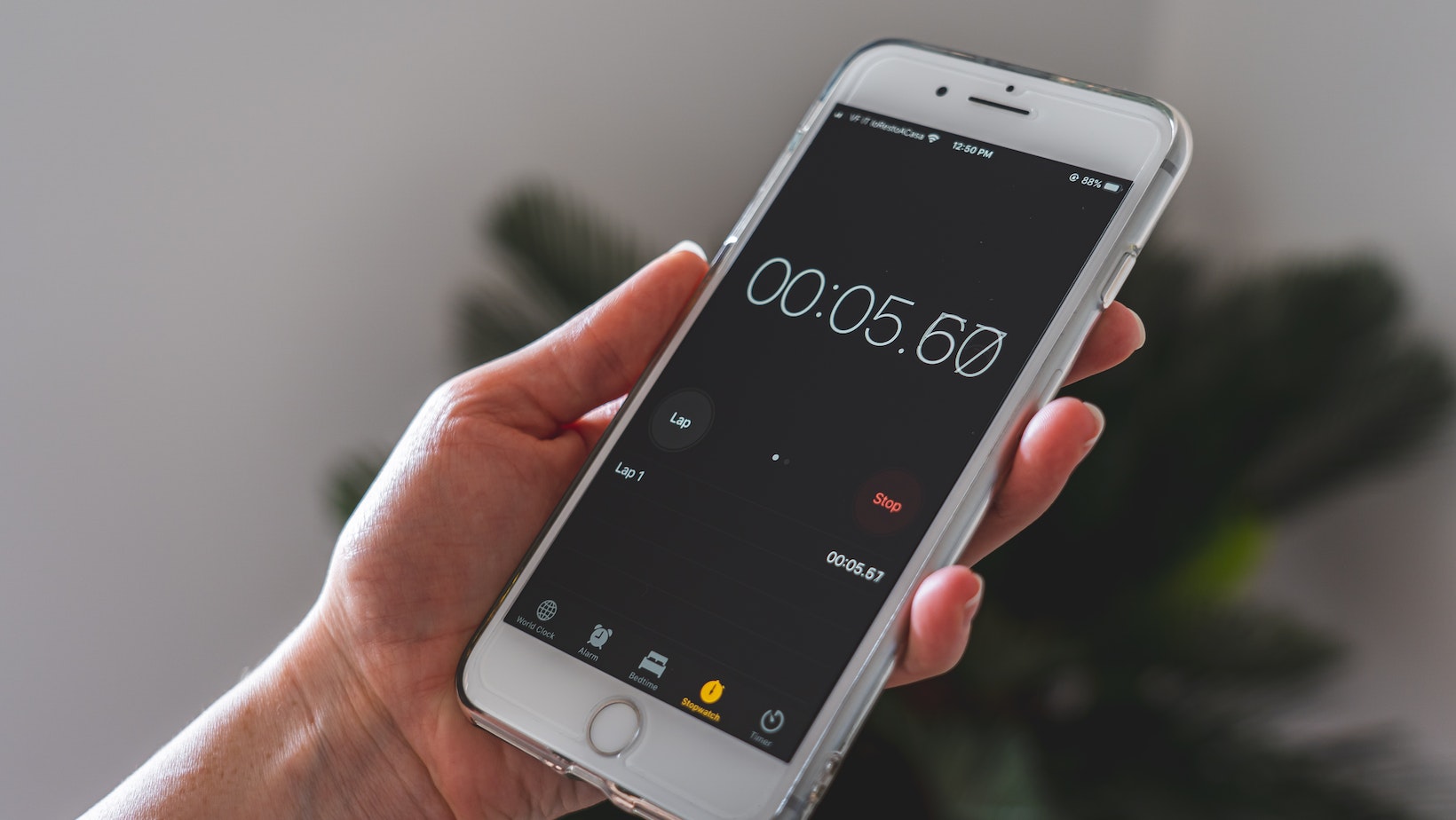When it comes to choosing a reliable wireless provider, two of the biggest names in the industry are Sprint and Verizon. Both companies offer extensive coverage, advanced technology, and a wide range of plans to suit different needs. In this article, I’ll compare Sprint and Verizon to help you make an informed decision.
Sprint vs Verizon
When it comes to choosing a mobile network provider, one of the most important factors to consider is coverage. After all, what good is a fancy smartphone if you can’t get a reliable signal? In this section, we’ll compare the coverage offered by Sprint and Verizon, two major players in the telecommunications industry.
- Network Reach
Verizon has long been known for its extensive network coverage across the United States. With a robust infrastructure and widespread deployment of LTE technology, Verizon boasts impressive coverage in both urban areas and rural regions. They have consistently ranked highly in independent studies evaluating network reliability and performance.
On the other hand, Sprint’s coverage may not be as comprehensive as Verizon’s. Their network expansion efforts have faced challenges over the years, resulting in some gaps in coverage compared to their competitor. While they have made strides to improve their network infrastructure, it’s essential to note that Sprint’s coverage might not be as strong in remote or sparsely populated areas.
- Speed and Data Performance
Verizon prides itself on offering fast data speeds and excellent overall performance. With their advanced LTE Advanced network technology (including 5G availability), users can expect smooth streaming, quick downloads/uploads, and minimal latency for online gaming or video conferencing purposes.
Sprint has also made significant progress with its data speeds thanks to its deployment of LTE technology. However, it’s worth mentioning that during peak usage times or congested areas, Sprint’s speed might experience some fluctuations compared to Verizon.
- Customer Satisfaction
Customer satisfaction plays an integral role when comparing service providers like Sprint and Verizon. While both companies strive to offer exceptional customer support, based on various consumer surveys and feedbacks, Verizon tends to rank higher in terms of customer satisfaction metrics such as call quality, reliability, billing transparency, and overall user experience.

Network Speed and Performance
When it comes to network speed and performance, comparing Sprint and Verizon is essential. Let’s delve into the details to understand how these two major carriers stack up against each other.
Network Speed Comparison
One of the crucial factors that users consider when choosing a carrier is network speed. Both Sprint and Verizon have made significant strides in providing faster connections, but there are some notable differences between the two.
Verizon has long been regarded as the frontrunner in terms of network speed. Its extensive coverage and robust infrastructure have allowed it to consistently deliver impressive download and upload speeds across various locations. Whether you’re streaming videos, downloading large files, or gaming online, Verizon’s strong network performance ensures a seamless experience.
On the other hand, Sprint has been working diligently to improve its network speed over recent years. While it may not match the lightning-fast speeds of Verizon in all areas, it has made substantial progress in urban regions where its upgraded LTE Advanced technology is available. In these areas, users can expect competitive download speeds that cater to their everyday needs.
Performance Metrics
To gauge network performance accurately, several metrics come into play. Here are some key metrics that can help us evaluate Sprint and Verizon:
- Download Speed: This metric measures how quickly data can be downloaded from the internet onto your device.
- Upload Speed: Similar to download speed, this metric determines how fast data can be uploaded from your device to the internet.
- Latency: Measured in milliseconds (ms), latency refers to the time taken for data packets to travel from your device to their destination server and back again.
- Coverage: A carrier’s coverage area indicates how widespread its network infrastructure is across different regions.
In conclusion, while Verizon has a strong reputation for its impressive network speed across various locations, Sprint has made notable strides in improving its network speed in urban regions. By considering important metrics like download/upload speeds, latency, coverage area along with external factors that affect performance; users can determine which carrier aligns best with their requirements.


